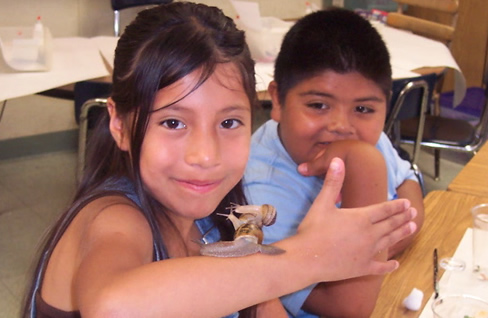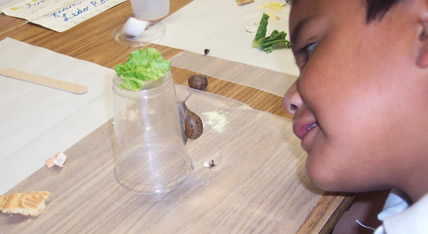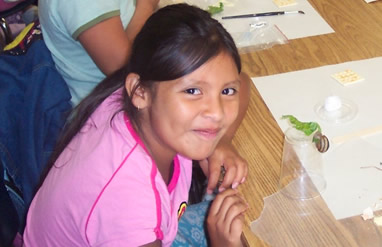

Here’s another idea incorporating charades (for kinesthetic learners), visualizing, and higher level thinking questions.
by Stephanie Penniman
Possible questions to draw from the children or have them consider during the investigation:
• How do wild animals survive in the city?
• What do they eat? Who eats them?
• How do they find shelter or protection?
• Where do they get water?
• How do they raise they young?
• What tracks or evidence do they leave?
• Where can you find wildlife in the city?
• Can plants also be wildlife?
• How do plants, animals, and insects help each other survive?
• How do changes in the environment affect them?
• What happens to plant and animal wildlife with the change of seasons?
• What kind of wildlife can you find in a vacant lot?
• What are the effects of pollution on these wild animals?
• How do other environmental changes affect wildlife? What lessons can we learn?
• How have animals adapted—even in environments that seem hostile?
• What responsibility do people have to protect wildlife?
• Why are some wildlife species considered to be pests and others are not?
• Why have some wildlife pests survived in the city despite human attempts teradicate them?

Play Charades
In groups, each child takes his turn to pantomime a city-dwelling wild animal.
• How does it move?
• What does it do?
• What does it eat?
Imagine a City Lot
Students close their eyes and imagine that they are in a vacant city lot.
• “Look around†the lot.
• What did you “see†in the lot? (Old tire? Broken bricks?)
• What wildlife might make a home in or near that object?
• Why would it make a good home for this particular living thing?
Draw a “point of view†from an ant or other living thing in your empty lot.
